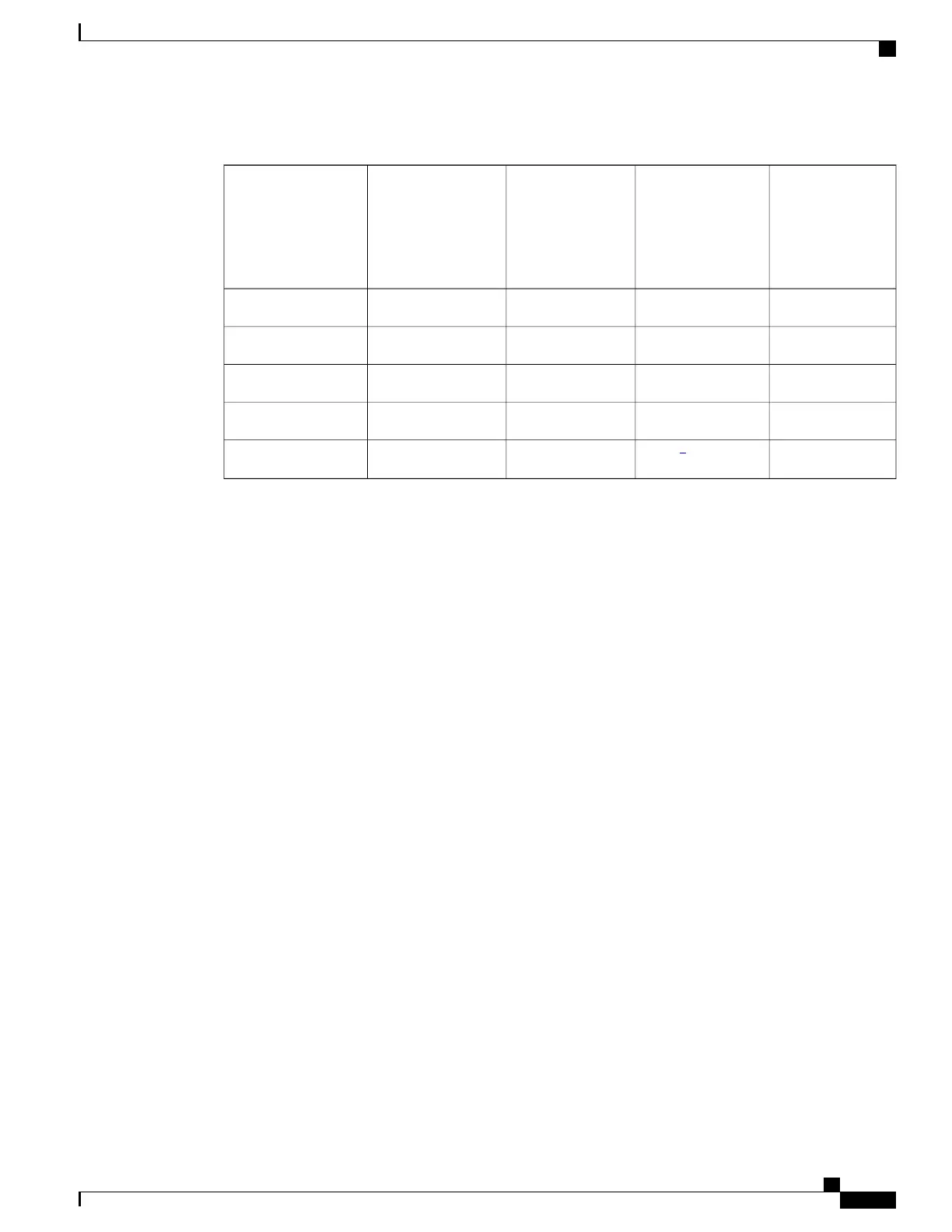Table 3: BFD Packet Intervals and Failure Detection Time Examples on Bundle Interfaces
Echo Packet
Failure Detection
Time
(Echo Interval x
Multiplier)
Echo Packet
Interval
(Async Control
Packet Failure
Detection Time)
Async Control
Packet Failure
Detection Time
(ms)
(Interval x
Multiplier)
Configured
Multiplier
(bfd address-family
ipv4 multiplier)
Configured Async
Control Packet
Interval (ms)
(bfd address-family
ipv4
minimum-interval)
450150150350
1200300300475
8004004002200
180006000600032000
9000030000
1
45000315000
1
The maximum echo packet interval for BFD on bundle member links is the minimum of either 30 seconds or the asynchronous control packet failure detection
time.
Echo Packet Latency
In Cisco IOS XR software releases prior to Cisco IOS XR 4.0.1, BFD only detects an absence of receipt of
echo packets, not a specific delay for TX/RX of a particular echo packet. In some cases, receipt of BFD echo
packets in general can be within their overall tolerances for failure detection and packet transmission, but a
longer delay might develop over a period of time for any particular roundtrip of an echo packet (See Example
3).
Beginning in Cisco IOS XR Release 4.0.1, you can configure the router to detect the actual latency between
transmitted and received echo packets on non-bundle interfaces and also take down the session when the
latency exceeds configured thresholds for that roundtrip latency. For more information, see the Configuring
BFD Session Teardown Based on Echo Latency Detection.
In addition, you can verify that the echo packet path is within specified latency tolerances before starting a
BFD session. With echo startup validation, an echo packet is periodically transmitted on the link while it is
down to verify successful transmission within the configured latency before allowing the BFD session to
change state. For more information, see the Delaying BFD Session Startup Until Verification of Echo Path
and Latency.
Priority Settings for BFD Packets
For all interfaces under over-subscription, the internal priority needs to be assigned to remote BFD Echo
packets, so that these BFD packets are not overwhelmed by other data packets. In addition, CoS values need
to be set appropriately, so that in the event of an intermediate switch, the reply back of remote BFD Echo
packets are protected from all other packets in the switch.
As configured CoS values in ethernet headers may not be retained in Echo messages, CoS values must be
explicitly configured in the appropriate egress QoS service policy. CoS values for BFD packets attached to a
traffic class can be set using the set cos command. For more information on configuring class-based
Cisco ASR 9000 Series Aggregation Services Router Routing Configuration Guide, Release 5.1.x
OL-30423-03 183
Implementing BFD
BFD Packet Information

